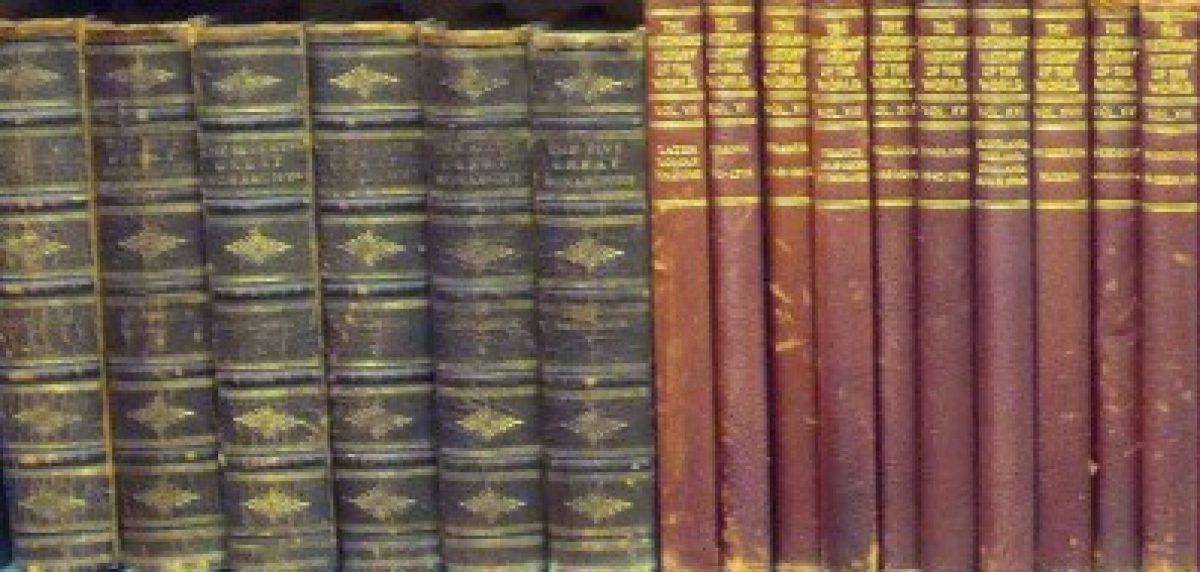
J. R. R. Tolkien was the beloved author of The Hobbit and The Lord of the Rings. The publication of those two books made him rich and famous all over the world, but the work he was really interested in, his magnum opus, was his collection of the legends and history of the Elves titled the Silmarilion. Tolkien worked on these stories his entire life but when he died in 1973, they were still uncompleted. Fortunately his son and literary heir, Christopher Tolkien, took it upon himself to polish the stories and set them in order so the Silmarilion finally saw publication in 1977.
When I said that the Silmarilion was unfinished, I did not mean that the story breaks off abruptly or that the stories were undeveloped. Tolkien was a perfectionist and kept rewriting the legends over and over, never seeming to want to complete a final, definitive version. Christopher Tolkien’s main task was in deciding which details to use and maintaining some consistency throughout the published Silmarilion.
J. R. R. Tolkien also seems to have been a bit obsessive about keeping every scrap of paper he ever used to write down story outlines, experimental dialog, character sketches, etc. Christopher Tolkien was able to sort out and organize this vast compendium of material and publish it as a multi-volume work which he called The History of Middle Earth. The first two volumes included the earliest versions of the legends and were called The Book of Lost Tales. Later volumes presented later versions and early drafts of the Lord of the Rings, as well as Tolkien’s attempts at writing epic poetry and miscellaneous essays Tolkien wrote on various matters relating to Middle Earth.
These books, while they can be tedious in the amount of detail and commentary that Christopher Tolkien provides, are nevertheless quite interesting. You almost have the feeling that you are sitting right next to Tolkien as he writes out the latest revision of the Lord of the Rings. Often he makes significant changes as he writes. For example, the scene in which Frodo and his friend encounter a Black Rider for the first time, began as an encounter with a white rider who turned out to be Gandalf. Tolkien wrote about a paragraph of dialog and then scratched out white and wrote black instead. He rewrote the entire encounter, reusing as many of the details that still fit the new storyline. Tolkien was very conservative and often kept using the same details and descriptions, even when he changed the plot.
There must have been few authors whose writing process a researcher can study in such detail. I am afraid that there will be no more. Today, a writer who wants to make changes in his manuscript can simply delete and rewrite with a few clicks on the keyboard. I don’t imagine there would be any writers so vain as to save every single version of everything they have written for posterity to read. Tolkien wasn’t thinking about preserving his thoughts. He simply didn’t throw any of his papers away.
I am normally a great technophile, but in this case technology has caused us to lose something.
Related articles
- Christopher Tolkien On The Legacy Of His Father, J.R.R. Tolkien (ansionnachfionn.com)
- Let’s Talk to Christopher Tolkien (isak.typepad.com)
- The Life and Legacy of J.R.R. Tolkien (apologus.wordpress.com)
- Before Rowling there was Tolkien (coolmompicks.com)
- Middle-Earth Maven Creates Massive LOTR Family Tree (wired.com)
